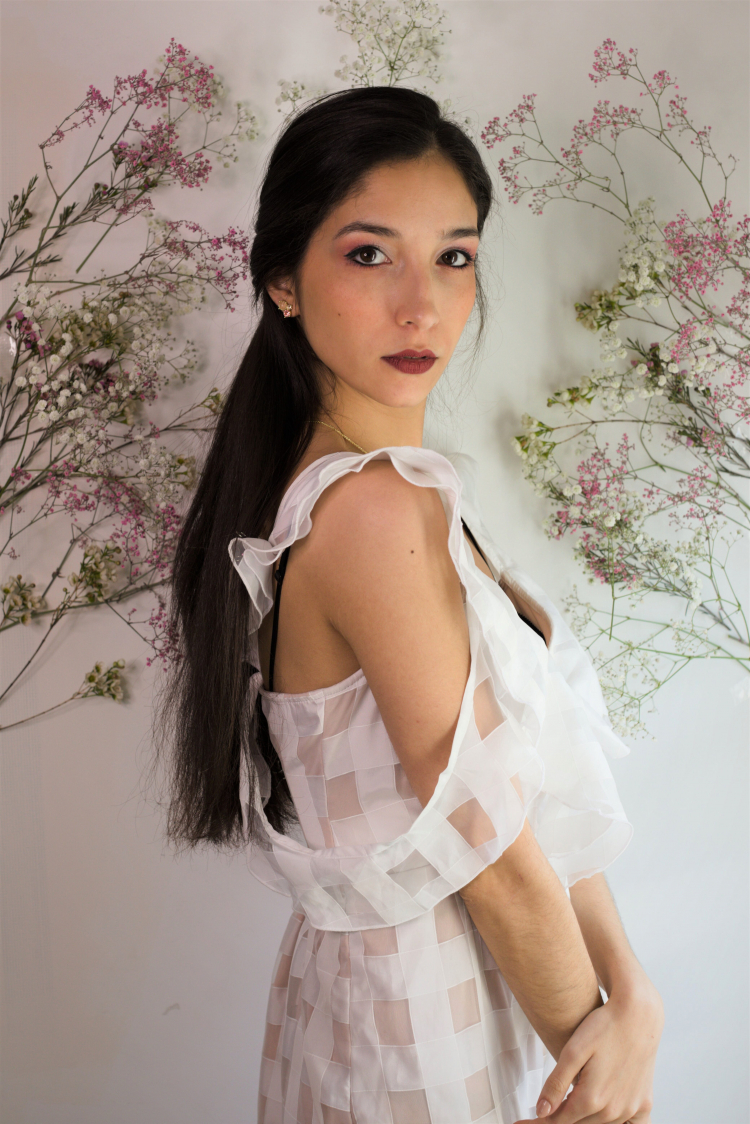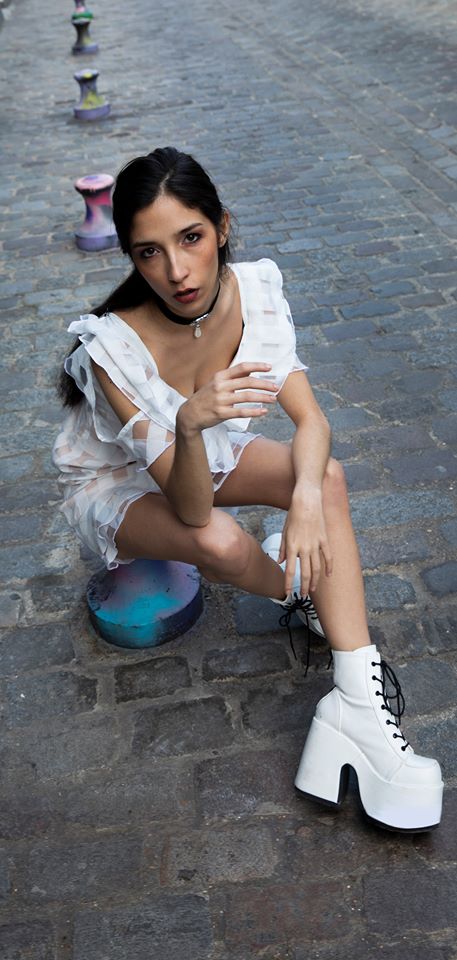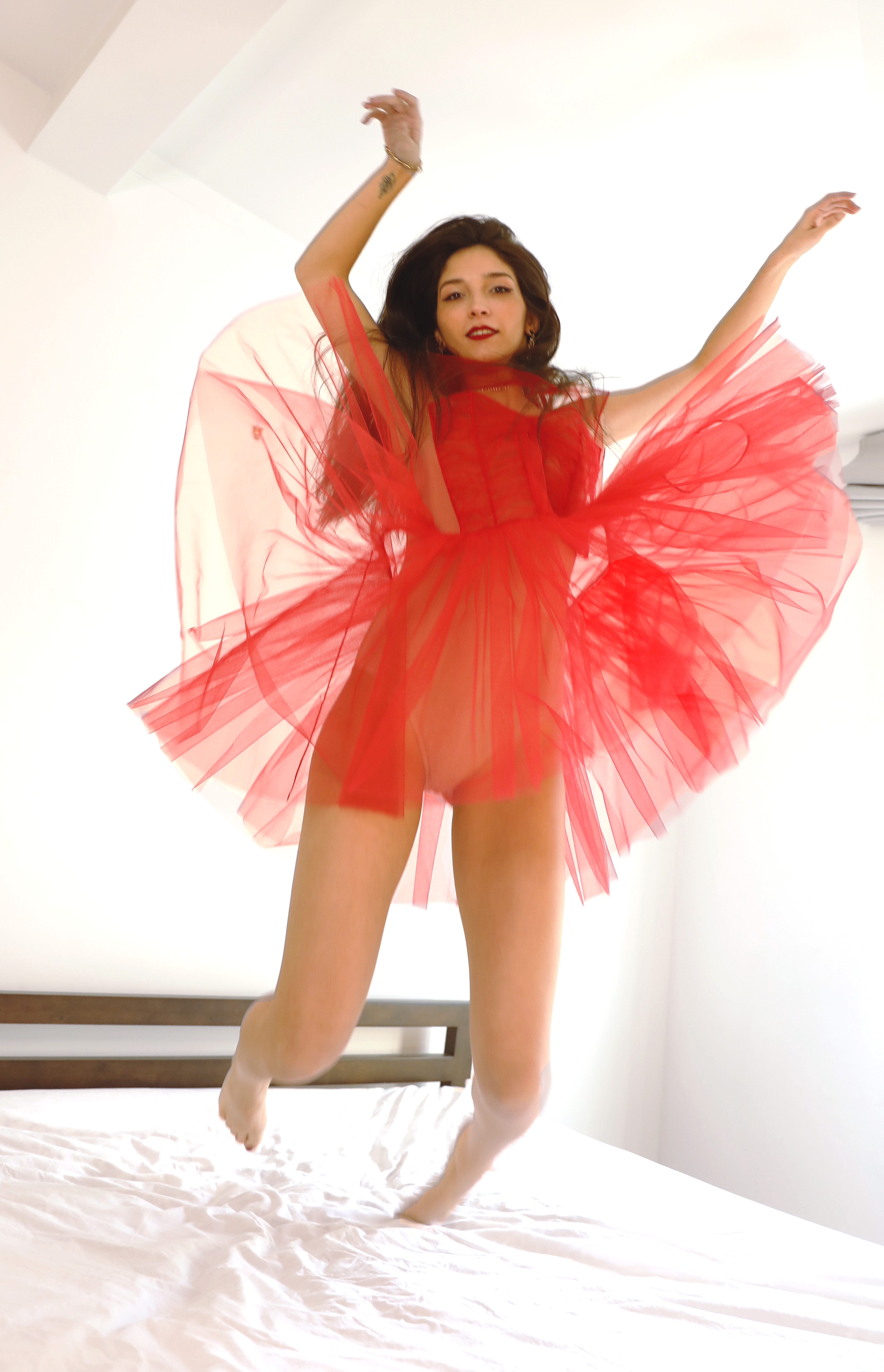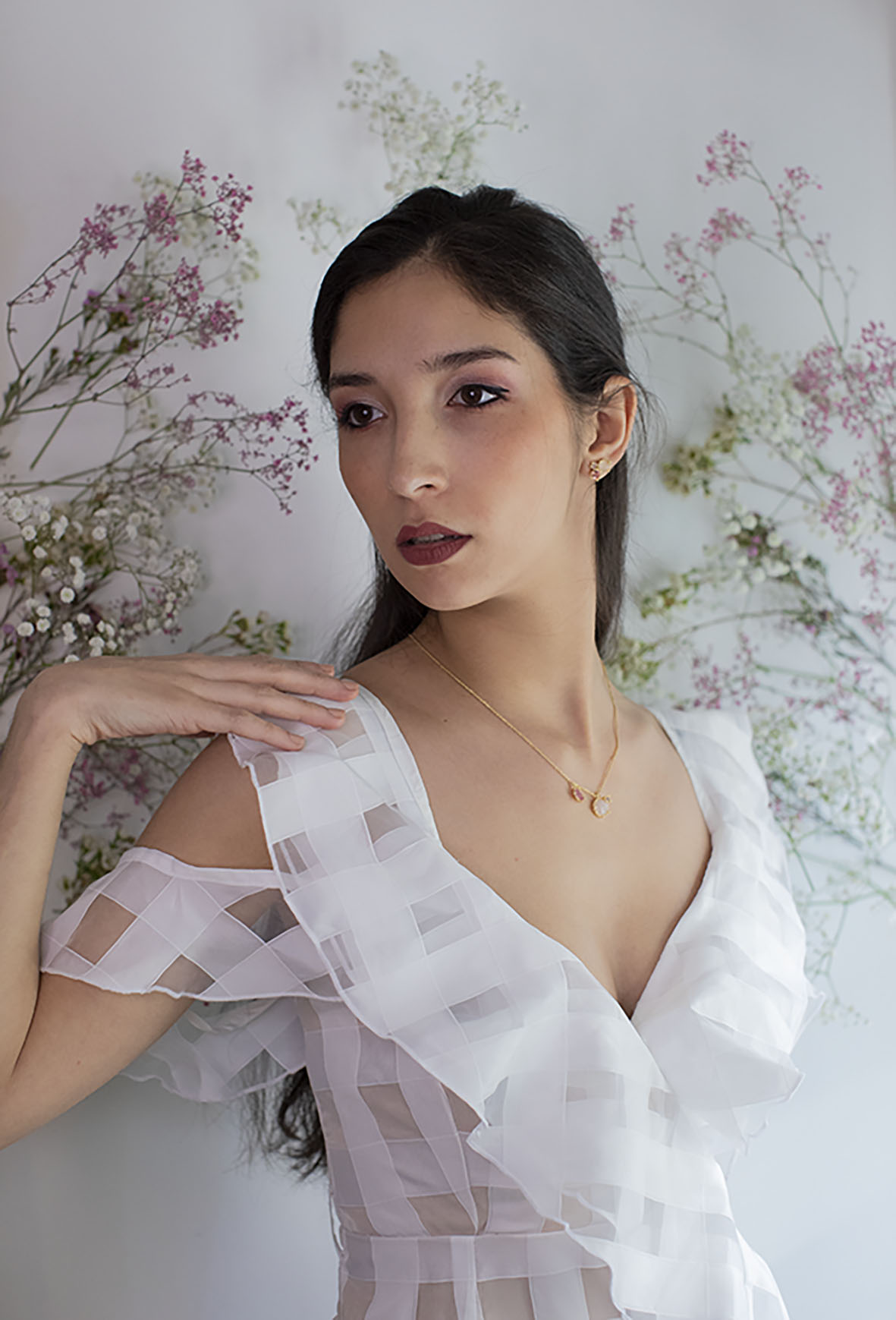Attractive but not Objectified

Nowadays, the fashion industry faces countless issues when it comes to female representation. Due to the rise of gender equality movements as well as an increased striving for equality within the fashion industry, images constructed mainly on the physical appearance of female models are more and more criticized. As the "pretty" gender, female models often find themselves objectified within fashion advertisements. In an article for Marketing Week in 2017, journalist Rachel Gee criticized the industry by stating that, "The representation of women in advertising hasn’t improved in a decade".
When it comes to fashion, brands usually resort to advertising strategies which would act on the insecurities of their consumers and thus make them feel envious. Such strategies create a negative feedback loop which involves the female consumer identifying a certain physical quality they would like to have with a certain product. This is followed by the purchase of such a product, and eventually disappointment when the desired quality doesn't come with the purchase of the product. In his article "The Selling of Gender Identity in Fashion Advertising", Juhyn Park reiterates that concept by stating that "the representation of women’s beauty is for the success of the fashion brands’ marketing."
As a photographer and a visual culture student, I am interested in the construction of images for the purpose of sending a message. Therefore, I created a gallery of images that would show the different aspects of femininity by portraying the model as attractive but not objectified.
Pensive
Marah wearing Self-portrait dress. Image Credit: Jenny Voutcheva. Styling: Sami Claire
The feet in pointe position, as well as the low angle long shot, underline the femininity of the model. The placement of the garment in the setting allow for it to fall gently on her body and the stairs directing the gaze upwards to her face.
Serious
Marah wearing Unknown and Bemonia shoes. Image Credit: Jenny Voutcheva. Styling: Sami Claire
In this shot, the model is wearing a short dress that reveals her upper thighs and exposes her shoulders. These details usually create a predisposition for female objectification. However, the pose and the placement of the model within the frame create a look that hints her strength and confidence.
Playful
Marah wearing Viktor & Rolph. Image Credit: Jenny Voutcheva. Styling: Sami Claire
The Viktor & Rolph piece is made entirely from red tulle which makes it transparent. This fabric makes the dress revealing in a way that can completely expose the nudity of the model. What I have done here is to create a context which presents the beauty of the dress and the body features of the model in a way that looks playful rather than sexualized.
Sensual
Marah wearing vintage Paule Ka. Image Credit: Jenny Voutcheva. Styling: Sami Claire
The draping of the vintage Paule Ka shirt exposes the nude shoulders of the model. Together, with the positioning of her head and the direction of her gaze, this creates a context that would traditionally cater to the male gaze. However, the placement her hands, which are gently holding the craspedias, contrasts the sexual signs within the image and establishes a delicate and attractive look.
Gentle
Marah wearing Unknown. Image Credit: Jenny Voutcheva. Styling: Sami Claire
Designs with a decollete neck structure underline the sexuality of the female forms. The pose and gaze of the model here direct the gaze of the viewer to her face and outside the frame rather than underlining the sexual elements within the image.
Women have attractive bodies which can be presented in many ways. Depending on how one frames the sexual elements within the visual narrative, the female body can look gentle and attractive rather than objectified.










